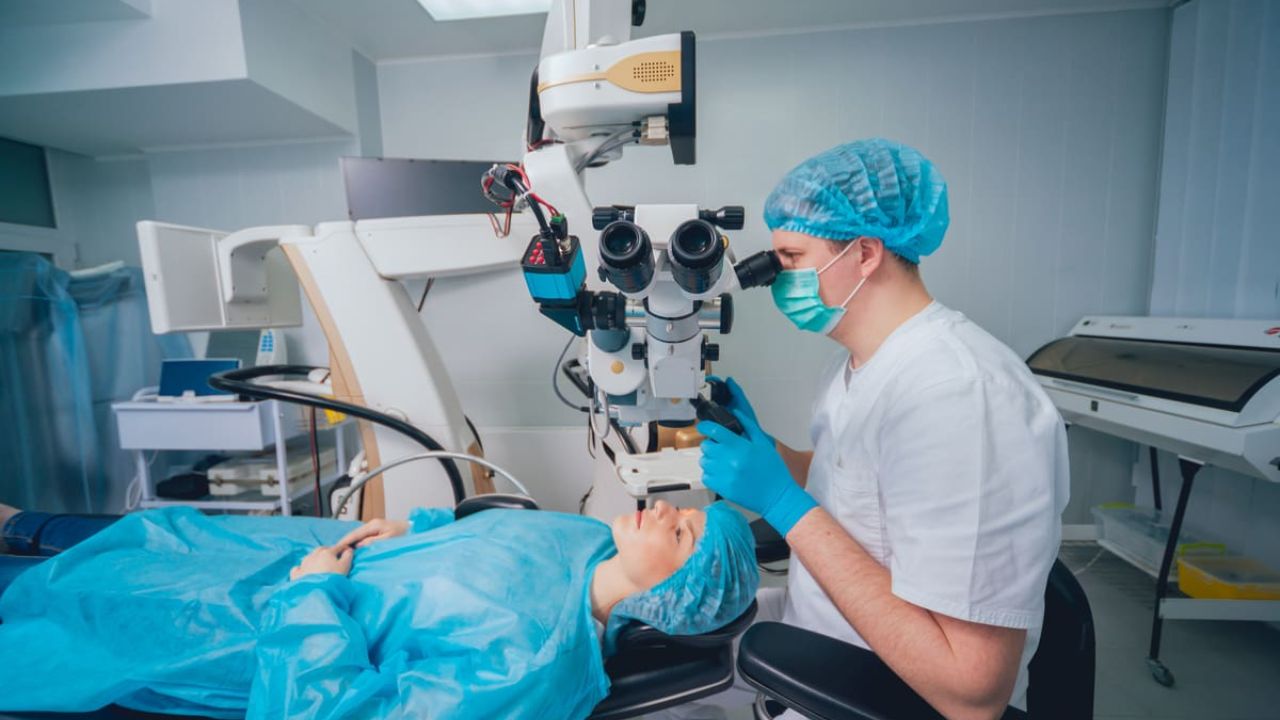Artists throughout history have been captivated by the human form, from the elegant curves of a dancer to the strength of an athlete. If you’ve ever picked up a sketchbook or a canvas, you’ve likely felt the desire to recreate the beauty and complexity of the human body.
But drawing the human figure can be a daunting task, especially when it comes to mastering human anatomy. This article is here to guide you on your artistic journey, providing insights and tips on how to draw a body that reflects the grace and intricacy of the human form.
Whether you’re an aspiring artist, a seasoned pro, or simply looking to refine your skills, we’ll unravel the secrets of capturing human anatomy on paper or canvas.
Table of contents
How to Draw a Body- Step by Step Guide
Creating a detailed step-by-step guide for drawing the human body is a complex task due to the intricacies involved. However, we can provide you with a simplified overview of the process, which can serve as a starting point for your artistic journey. To master the art of drawing the human body, consider the following steps:
Step 1: Study Anatomy
Begin by studying human anatomy. Familiarize yourself with the skeletal structure, muscles, and proportions of the human body. This knowledge will provide a strong foundation for your drawings.
Step 2: Start with Basic Shapes
Simplify the body into basic shapes. Use ovals, circles, rectangles, and triangles to outline the major parts of the body, such as the head, torso, arms, and legs. This simplification helps establish proportions and balance.
Read also: Which Group is a Primary Supporter of Hunter Education?
Step 3: Define the Pose
Decide on the pose you want to draw. Pose reference images or live models can be incredibly helpful for understanding how the body moves and bends in different positions.
Step 4: Draw the Skeleton
Sketch a simplified skeleton within your basic shapes. This skeleton serves as a framework for your drawing and helps you maintain proper proportions. Pay attention to the alignment of the spine, limbs, and joints.
Step 5: Block in Muscles
Add muscle mass to your figure by sketching in the major muscle groups. Understanding the location and function of muscles is crucial for conveying the body’s structure.
Step 6: Refine Details
Work on refining the details. Add smaller muscles, define joints, and pay attention to anatomical landmarks like the collarbone, elbows, and knees. Consider the play of light and shadow on the body.
Check out:: How Tall is Trippie Redd? Everything About the Rapper
Step 7: Draw the Face
If your drawing includes the face, focus on capturing facial features, expressions, and proportions. The eyes, nose, and mouth should be in harmony with the rest of the body.
Step 8: Fine-Tune the Drawing
Go over your drawing, refining lines, adding texture, and enhancing shading. Pay attention to subtle details that bring the drawing to life.
Step 9: Practice Poses and Gestures
Practice drawing a variety of poses and gestures to improve your ability to capture movement and dynamics. Gesture drawing sessions, which involve quick, timed sketches of live models, are beneficial for this purpose.
Step 10: Seek Feedback
Share your work with peers, mentors, or online communities. Constructive feedback can help you identify areas for improvement and refine your skills.
Remember that mastering human anatomy in art is a lifelong journey. Consistent practice and a commitment to learning will lead to continuous improvement. Don’t be discouraged by initial challenges; instead, embrace them as opportunities to grow as an artist.
See also: How Tall is Jack Skellington? All the Facts and Details
How can I get better at drawing human bodies?
Improving your ability to draw human bodies takes time, practice, and a systematic approach. Here are some steps to help you get better at drawing human bodies:
Study Anatomy:
Start by studying human anatomy. Understand the skeletal structure, muscles, and proportions. Books, online resources, and anatomy classes can be valuable sources of information.
Practice Regularly:
Consistent practice is essential. Dedicate time to drawing human bodies regularly, whether through life drawing sessions, sketching from references, or creating your own poses.
Use References:
Work from reference photos, live models, or anatomical drawings. References provide valuable insights into real-life proportions and movements.
Gesture Drawing:
Practice gesture drawing to capture the essence of a pose quickly. These quick sketches help you understand movement and dynamics.
Break Down the Body:
Start by simplifying the body into basic shapes. This simplification helps establish proportions and balance.
Learn Proportions:
Pay close attention to body proportions. Understand the relationship between different body parts to create a well-balanced figure.
Focus on Details:
Gradually add more detail as you become more confident with proportions. Pay attention to muscles, bone structure, and anatomical landmarks.
Work on Shading:
Shading is crucial for giving depth and form to your drawings. Practice different shading techniques to create realistic three-dimensional figures.
You should also consider-
Seek Feedback:
Share your work with peers, mentors, or online art communities. Constructive feedback can provide valuable insights and help you identify areas for improvement.
Learn from Masters:
Study the works of master artists who excelled in depicting the human form. Analyze their techniques and apply them to your own drawings.
Take Figure Drawing Classes:
Consider enrolling in figure drawing classes or workshops. These classes often provide live models and expert guidance to enhance your skills.
Experiment:
Don’t be afraid to experiment with different styles, mediums, and techniques. Exploring various approaches can help you find your unique artistic voice.
Stay Patient and Persistent:
Improvement takes time. Be patient with yourself and maintain a persistent practice routine. Your skills will evolve with dedication.
Set Goals:
Set specific goals for your art, whether it’s mastering a particular pose, improving your shading, or refining your understanding of anatomy.
Keep a Sketchbook:
Maintain a sketchbook for regular practice and experimentation. Sketching is an excellent way to refine your skills.
Remember that artistic growth is a continuous process. Be open to learning, adapting, and evolving as an artist. The more you practice and challenge yourself, the more proficient you’ll become at drawing human bodies.
Read also: 26 Legitimate Ways to Get a Costco Student Membership for Free
Conclusion
Drawing the human body is a rewarding artistic endeavor that requires patience, dedication, and a deep understanding of human anatomy. By delving into the principles of anatomy, practicing regularly, and seeking out valuable resources, you can hone your skills and create artwork that captures the beauty and intricacy of the human form.
Remember, art is a journey of continuous learning and self-expression, and mastering human anatomy is a valuable step in your creative evolution. So, pick up your pencils, sketchbooks, or digital tools and embark on the artistic adventure of capturing the essence of the human body.
Frequently Asked Questions
Key principles include understanding anatomy, proportions, and the structure of the human body. Start by studying skeletal and muscular anatomy to grasp the underlying framework.
Begin with basic shapes and proportion studies, gradually adding more complexity. Learning to break down the body into simple forms and understanding how they relate is crucial.
There are many excellent resources, such as anatomy books, online courses, and figure drawing classes. Some classic books include “Atlas of Human Anatomy for the Artist” by Stephen Rogers Peck and “Constructive Anatomy” by George B. Bridgman.
Regularly practice gesture drawing by sketching quick, fluid poses. Consider attending life drawing sessions or using online references that offer timed poses for practice.
Patience is essential. Becoming proficient in drawing the human body takes time and consistent practice. Don’t be discouraged by initial challenges; keep drawing, and you’ll see improvement over time.
References
- youtube.com– How to Draw a Body
- skillshare.com– How to Draw a Body
- takethiscourse.wixsite.com– How to Draw a Body






